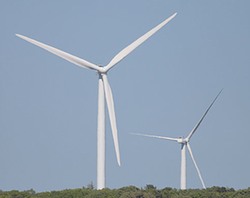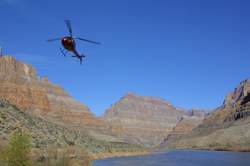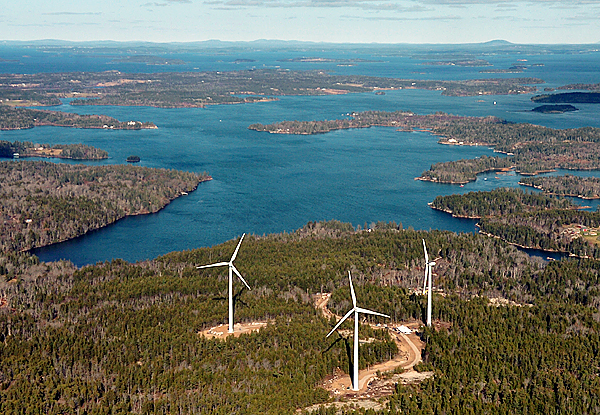Hawaii Volcanoes NP publishes draft air tour management alternatives
Effects of Noise on Wildlife, Human impacts, News, Science, Wildlands Comments Off on Hawaii Volcanoes NP publishes draft air tour management alternativesIn what must be one of the slowest EIS processes on record, the National Park Service and the Federal Aviation Administration is moving…methodically…to develop a new air tour management plan (ATMP) for Hawaii Volcanoes National Park. After being upgraded from an EA to an EIS in 2005, the joint planning process began work on the EIS in 2007. Four years later, rather than releasing a Draft EIS, the project planners have released a first draft of the proposed alternatives, and are asking for comment on these. After incorporating comments, the DEIS will follow. Sometime.
All ribbing aside, the fact is that this is actually one of the faster moving ATMP’s coming out of the seemingly uncomfortable partnership between the FAA and the NPS, which were jointly charged in 2000 with developing ATMPs for all parks with existing or proposed flight tours. The Park Service has taken a lead among federal agencies in addressing impacts on natural soundscapes of parks, while the FAA’s focus is more on air safety than resource protection.

“Hawai‘i Volcanoes is known for spectacular volcanic landscapes, significance of Native Hawaiian culture, Hawaiian species found nowhere else in the world, and for vast expanses of designated wilderness that stretch from summit to sea,” stated Cindy Orlando, Park Superintendent. “Whether it’s the crackling of new lava, song of a honeycreeper, or a magical Hawaiian chant floating across Halemaumau Crater or just silence—the soundscapes of Hawaii Volcanoes are unusual and valued as part of the park experience. We also protect some of the quietest places in the park service —secluded locations that are quieter than even humans can hear. Natural quiet is becoming an increasingly important attribute of the national parks.”
You can download a newsletter that shares the draft alternatives, and submit comments, from this page; see the full project planning website here; and check out a short video and news report on the process here.




